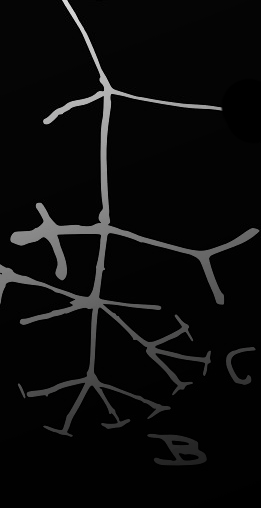Research Interests Past and Present
The central question behind my research is how does signal variation evolve within and among species with warning coloration (aposematism), as well as the ecological consequences of interpopulation variation.
To approach this question, I have examined the selective pressures that promote and constrain polymorphism (intrapopulation variation) and polytypism (interpopulation variation). This has included examining predator pressures, toxins variation, and molecular relationships among populations of aposematic species.
I completed my Master's at Michigan State University under the tutelage of Dr. Gerald Urquhart where I examined the natural history of the Strawberry Poison Frog (Oophaga pumilio) in the Bocas del Toro region of Panama. The research from my thesis is currently being revised for publication, but you can see my full thesis here. Other past projects include examining amphibian community assembly in relation to disturbance in remote communities in Nicaragua as well as herpetofaunal diversity monitoring in San Jose de Payamino, Ecuador.
I am a currently a PhD candidate at the University of Mississippi studying under Dr. Brice Noonan in the Biology Department. My interests are wide ranging, but I am mainly interested in how ecological processes can shape and drive evolution and speciation, particularly in terms of color and form. I mainly focus on amphibians but am open to any, largely animal, group in understanding how the diversity we see today has came to be.
My current projects involve working with both the Dyeing Poison Frog (Dendrobates tinctorius) in French Guiana, the Strawberry Poison Frog (Oophaga pumilio) in Bocas del Toro, Panama, and the Brood Frogs (Pseudophryne) of Australia. All of these species are highly polytypic among populations - a perplexing trait in evolutionary terms - so I am examining processes that could promote this radiation in color.
These projects range from examining how predators view known and novel colors, relationships between color, toxicity, and diet, and population genetics of each species. You can learn more about these projects on their research pages.
